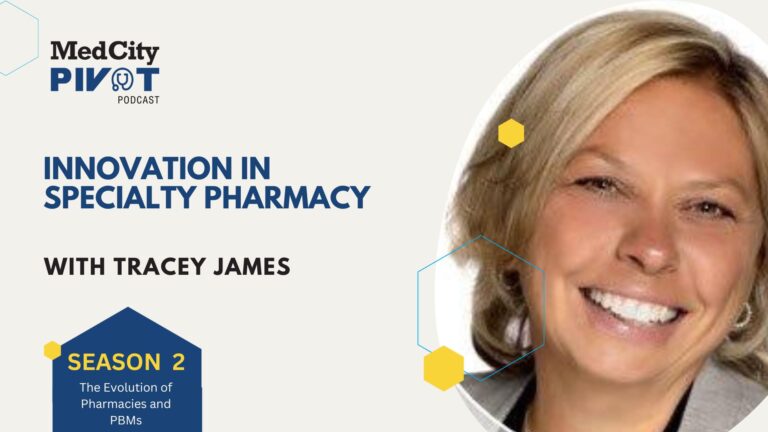
Over the past few years, the metabolic health space has been buzzing due to a mix of increasing awareness, novel drugs and personalized health tools. One of the most impactful developments in recent years has been the rise of GLP-1s like semaglutide and tirzepatide — with roughly 12% of Americans having taken a GLP-1 medication.
These drugs have garnered a lot of excitement — but they are not the sole solution to the country’s obesity and chronic illness crises. A holistic approach is required to help patients to overcome poor metabolic health, said Lisa Shah, chief medical officer of Twin Health, during an interview two weeks ago at the HLTH conference in Las Vegas.
Twin Health — founded in 2018 and based in Silicon Valley — uses “digital twin” technology to help patients improve their metabolic health and reduce the need for medications.
This technology creates a live digital model for each user’s unique metabolism. Twin Health does this by collecting data from continuous glucose monitors, fitness watches and blood tests, as well as consultations with healthcare providers and coaches.
The company sells its digital twin technology to employers and health plans.
“Twin Health is focused on chronic metabolic disease — using AI and digital twin technology along with a clinical, compassionate care team to help people learn precisely what interventions work for them to get to the root cause of their disrupted or dysfunctional metabolism,” Shah explained.
This type of personalized digital model serves as an effective complement to some of the other advancements we’re seeing in the digital health space, such as new generations of continuous glucose monitors and a slew of GLP-1s, she noted.
For example, continuous glucose monitors do a great job of measuring a patient’s blood sugar — but that isn’t the entire picture of their metabolic health, Shah said.
“Digital twins are a little different because they look at all of it,” she said. “So imagine, when you put on a watch or a ring to measure sleep, you’re just looking at sleep. When you put on a sensor to measure glucose, you’re just looking at glucose — but if you could put on all of those sensors, plus understand the timing of medications like GLP-1s, you can really start to understand.”
She also pointed out that patients see variable results when it comes to GLP-1s. Digital twins can alert patients to lifestyle to factors that they wouldn’t otherwise know were having a significant impact on the efficacy of their medication — such as poor sleep, meal composition and physical activity levels, Shah explained.
In Shah’s view, digital twins should be included more in the conversation around how to improve obesity and chronic disease in this country because they encompass a much broader scope than a single sensor or a single drug.
“[Digital twin technology] is looking at the impacts of all of the different things that a patient is using throughout their day to understand precisely what has the biggest impact on their overall health. To understand your overall metabolism, I don’t just want to focus on your diabetes. I want to know that you’re also losing weight. I want to know that you have more energy, that you’re feeling better, that your joint pain has gone down,” she remarked.
Photo: Flicker user mike goehler





